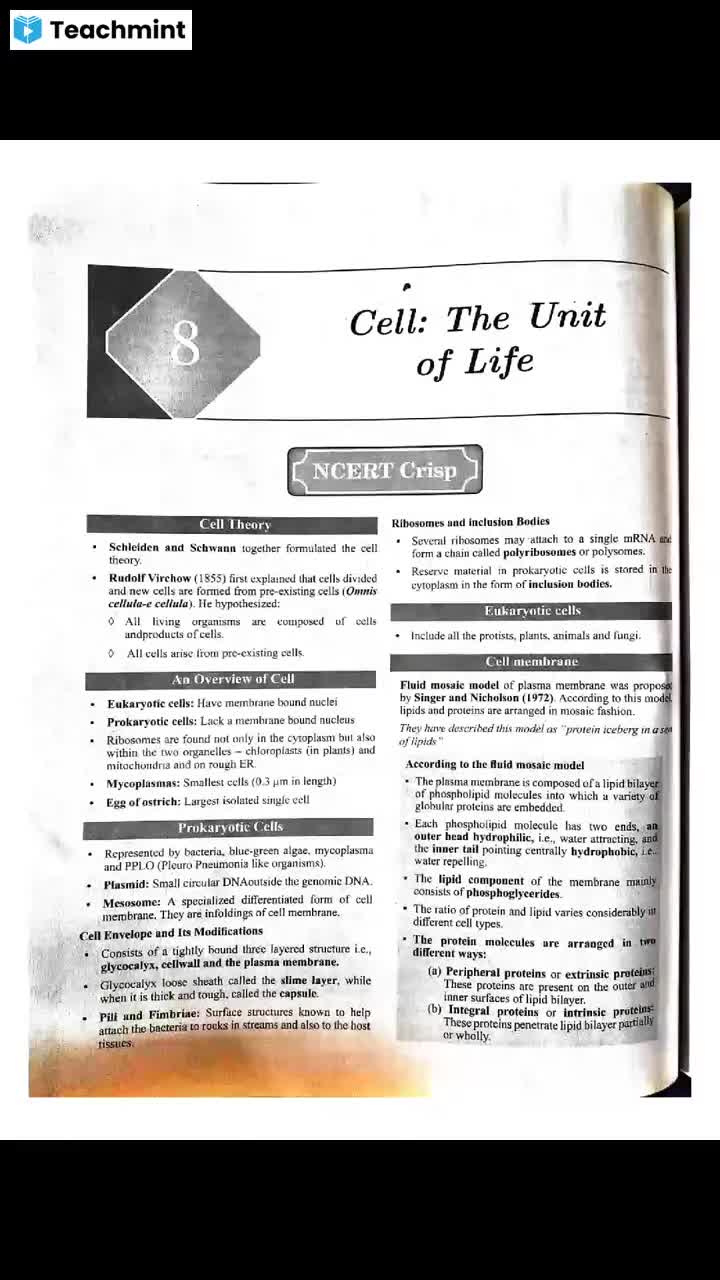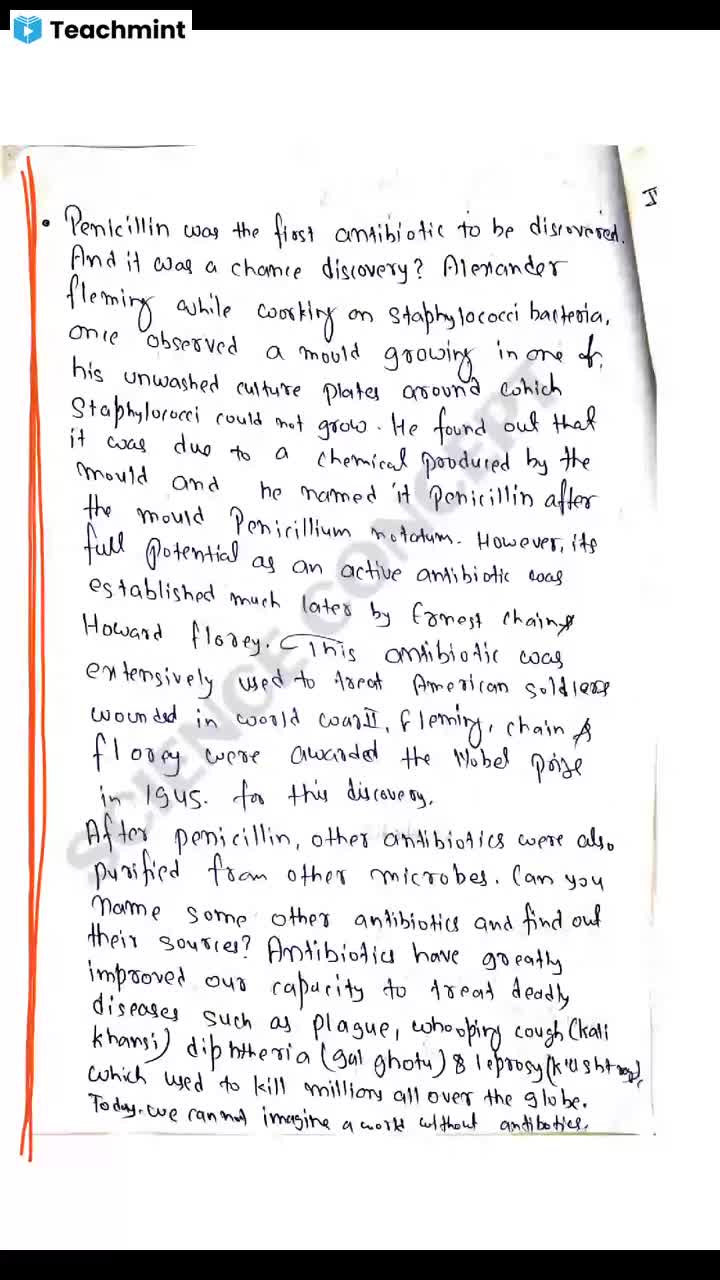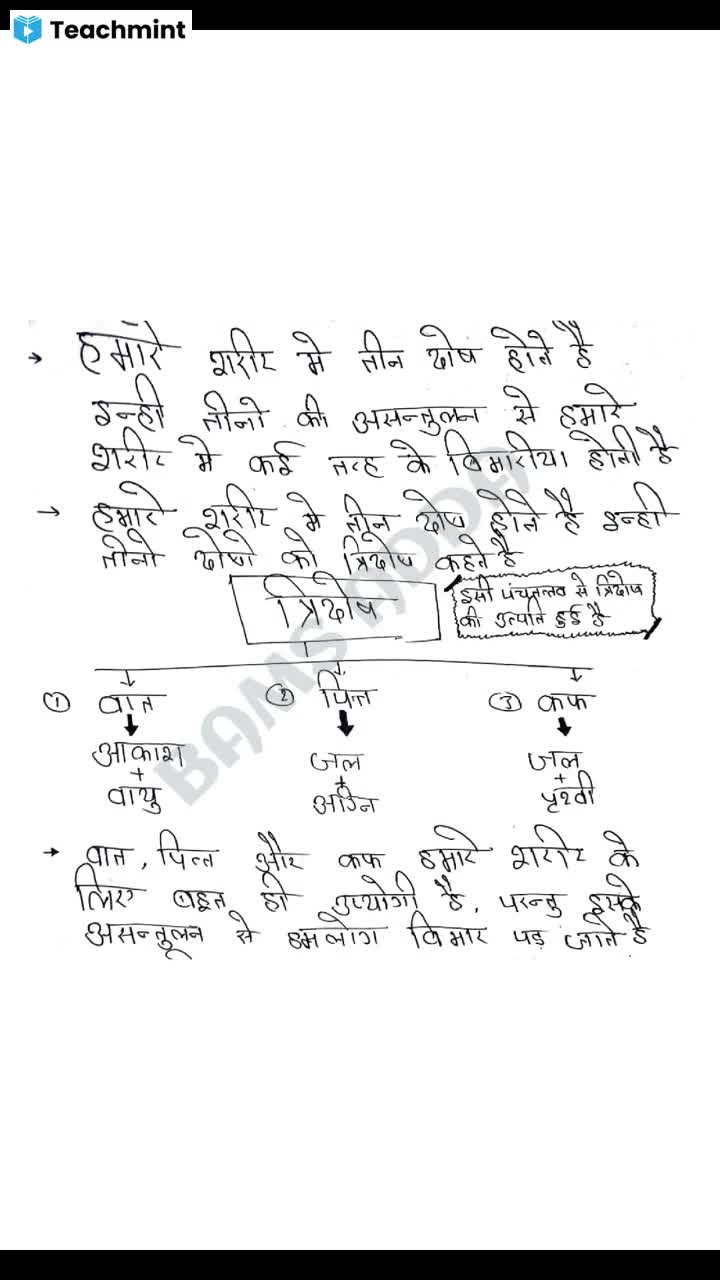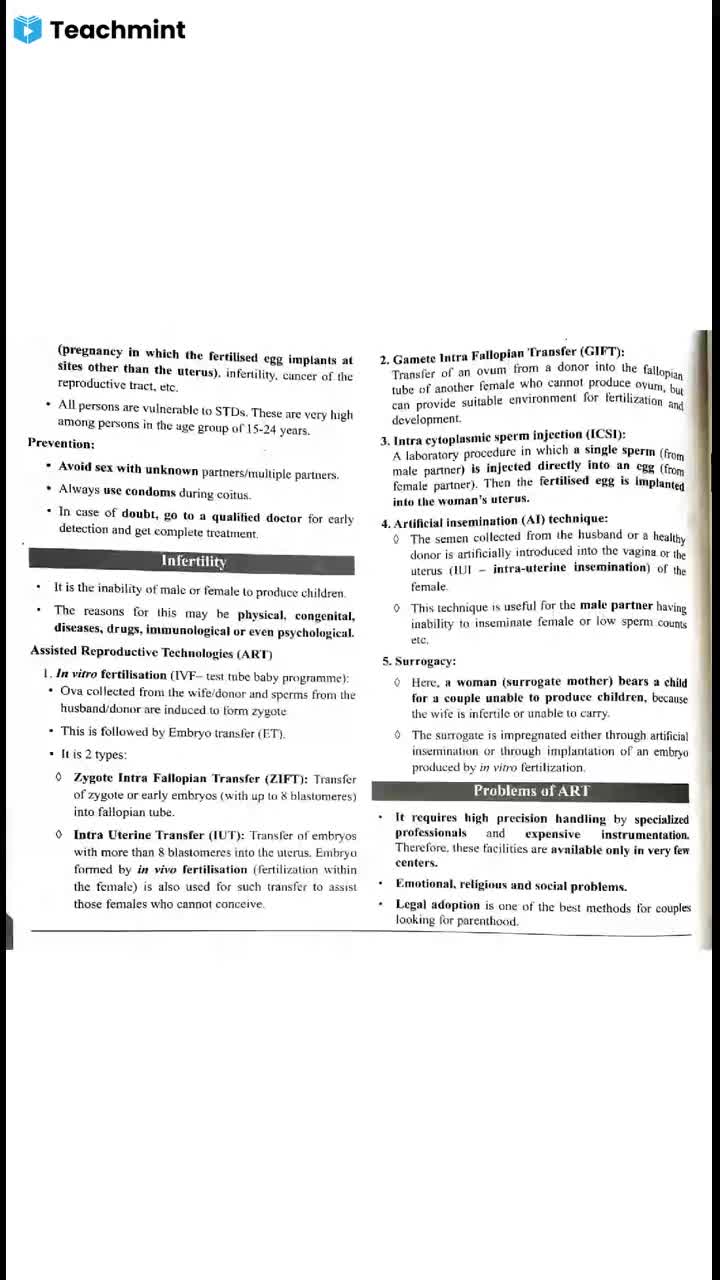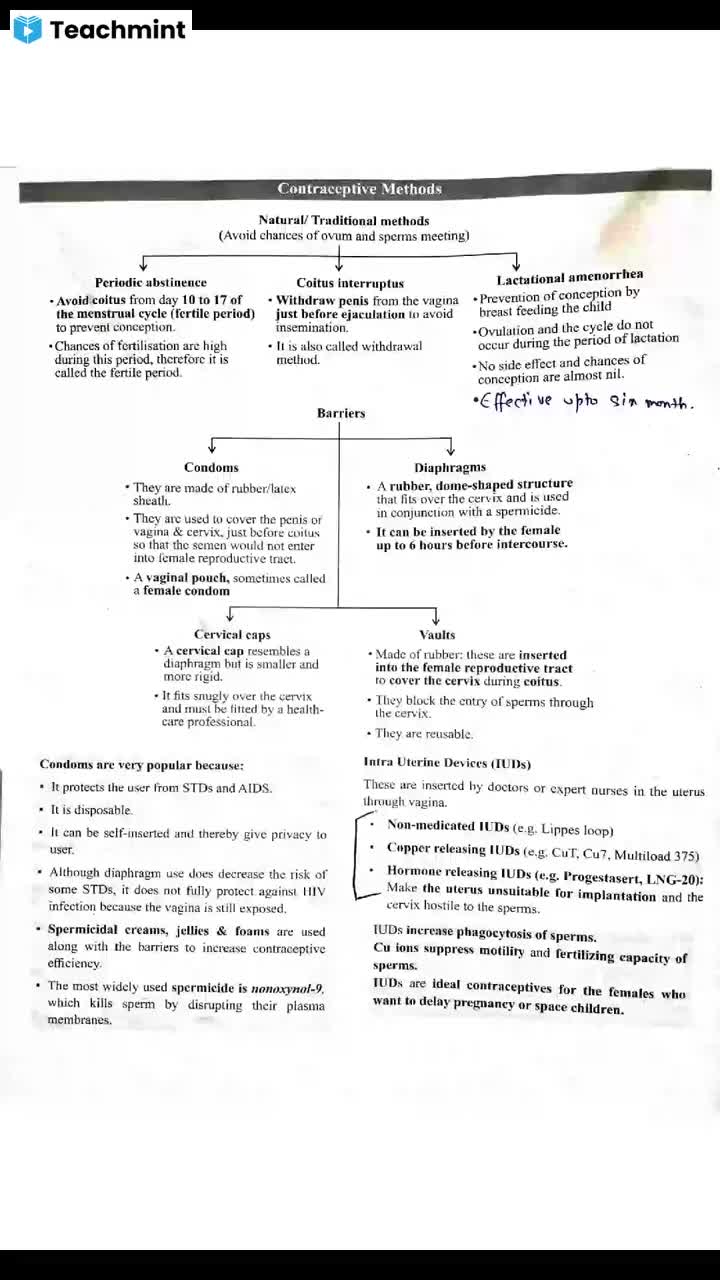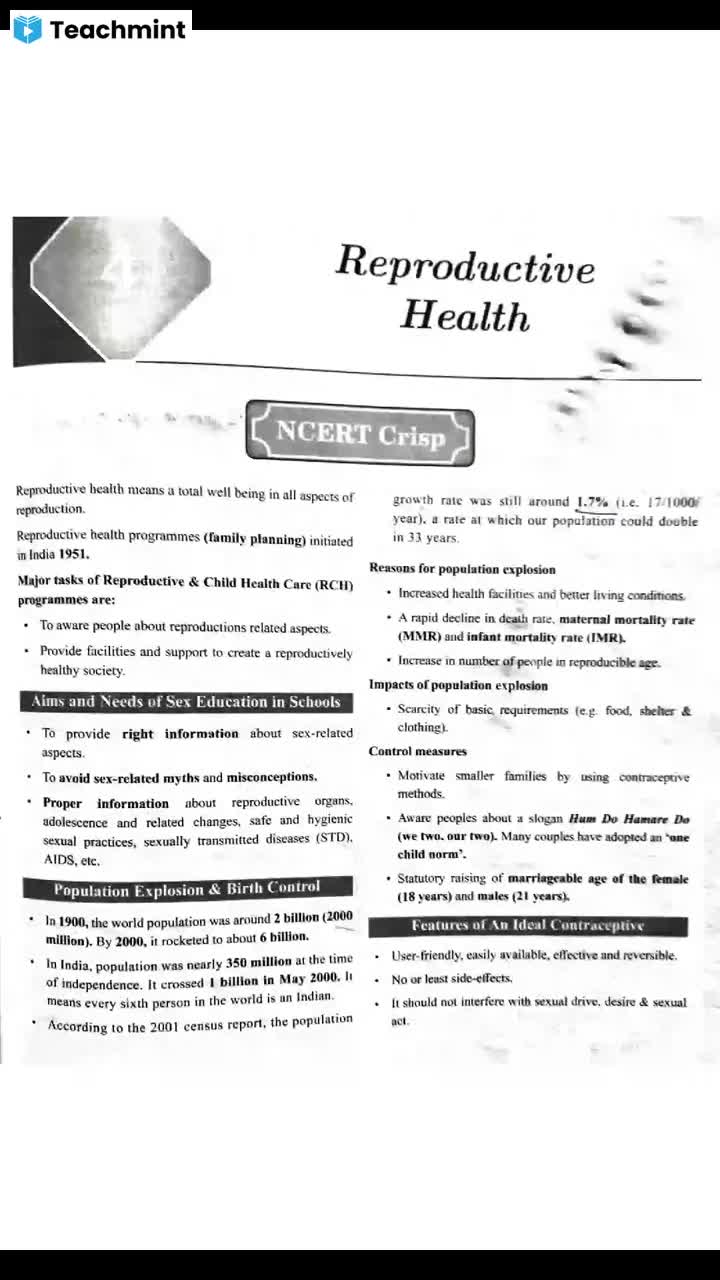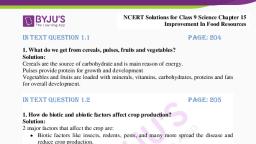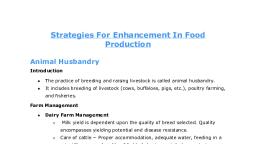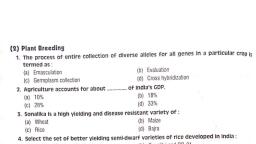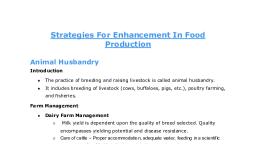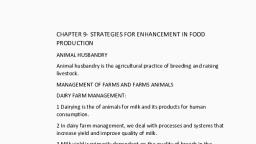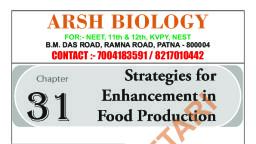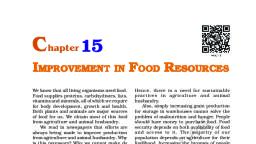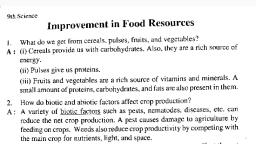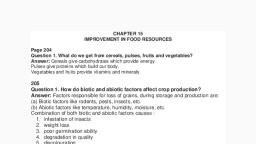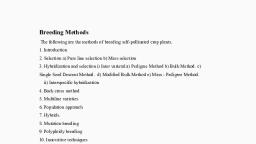Page 3 :
@ classical., → two, line parent select →(reate, pure, hybrid with time molecular genetirg tissue culture, also helpful, # Purpose of Plant breeding, High yield variety- Pooduction.high, Discase Resistant varsiety, Imsect, Resistant vasiety, 111, Narleties oohich ase sousre f ingimerel, Strees Resistant vorsiety, droyht stovey, Cold stred, ), 9.2 PLANT BREEDING, Traditional farming can only yicld a limited biomass, as food for humans, and animals. Better management practices and increase in acreage can, increase yield, but only to a limited extent. Plant breeding as a technology, has helped increase yields to a very large extent. Who in India has not, heard of Green Revolution which was responsible for our country to, not merely meet the national requirements in food production but also, helped us even to export it? Green revolution was dependent to a large, extent on plant breeding techniques for development of high-yielding and, disease resistant varleties in wheat, rice, maize, etc., 9.2.1 What is Plant Breeding?, Plant breeding is the purposeful manipulation of plant species in order to, create desired plant types that are better suited for cultivation, give better, ylelds and are disease resistant. Conventional plant breeding has been, practiced for thousands of years, since the beginning of human civilisation;, recorded evidence of plant breeding dates back to 9,000-11.000 years ago., Many present-day crops are the result of domestication in ancient times., Today, all our major food crops are derived from domesticated varieties., Classical plant breeding involves crossing or hybridisation of pure lines,, followed by artificial selection to produce plants with desirable traits of higher, yleld, nutrition and resistance to diseases. With advancements in genetics,, molecular biology and tissue culture, plant breeding is now increasingly, being carried out by using molecular genetic tools., If we were to list the traits or characters that the breeders have tried to, Incorporate into crop plants, the first we would list would be increased, crop yield and improved quality. Increased tolerance to environmental, stresses (saltnity, extreme temperatures, drought), resistance to pathogens, (viruses, fungi and bacterla) and increased tolerance to insect pests would, be on our list too., rintdo
Page 5 :
Plant breeding programmes are carried out in a systematic way, worldwide-in government institutions and commercial companies. The, main steps in breeding a new genetic variety of a crop are -, W Collection of variability: Genete variability is the root of any, breeding programme. In many crops pre-existing genetie variability, is available from wild relatives of the crop. Collection and preservation, of all the different wild varieties, species and relatives of the cultivated, species (followed by their evaluation for their characteristics) is a, pre-requisite for effective exploitation of natural genes available in, the populations. The entire collection (of plants/seeds). having all, the diverse alleles for all genes in a given crop is called germplasm, collection., (t) Evaluation and selection of parents: The germplasm is evaluated, so as to identify plants with destrable combination of characters., The selected plants are multiplied and used in the process of, hybridisation. Purelines are created wherever desirable and possible., to F, 1-, a(ross Between selected pavents, Selected parents, parent A, (poo tein content, high, cooss pesfomm, * Papent 3, (Diseose Resistant), Hybaid), Require those Plemt which ie better, than both parent.8 feeture, 8 both, Emascula tion and bagging, - we need to oebeat cooss a feature af both, Parent ie, not obtain

